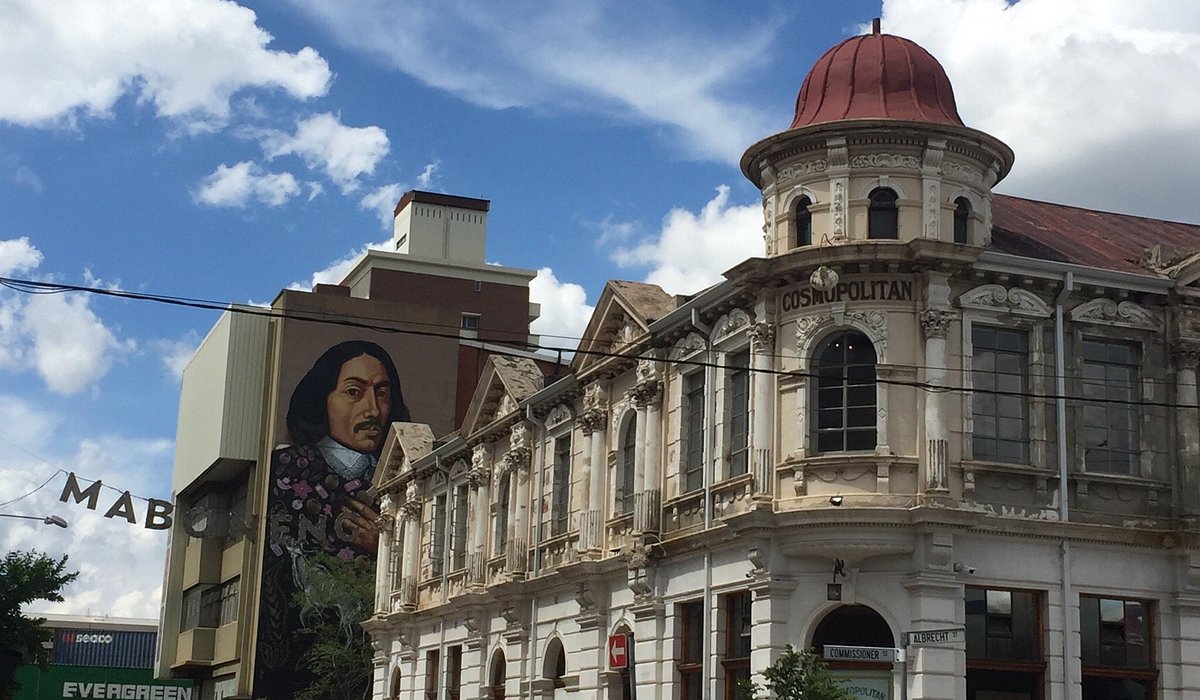The 20-Second Trick For Johannesburg North Attractions
The 20-Second Trick For Johannesburg North Attractions
Blog Article
Not known Factual Statements About Johannesburg North Attractions
Table of ContentsThe Best Guide To Johannesburg North AttractionsTop Guidelines Of Johannesburg North AttractionsJohannesburg North Attractions Fundamentals ExplainedTop Guidelines Of Johannesburg North AttractionsThe 45-Second Trick For Johannesburg North AttractionsThe Single Strategy To Use For Johannesburg North Attractions
The city owes its location to the existence of a a lot more precious resource: gold. The city grew on the edge of the Witwatersrand Key Coral reef, a subterranean stratum of gold-bearing quartz-silica conglomerate that arcs for numerous miles under the Highveld. Many of the gold mines in the city stopped operation in the 1970s, but in its day the Witwatersrand gold sector made up greater than 40 percent of the globe's annual gold manufacturing.Johannesburg has a pleasant environment. The city appreciates regarding eight hours of sunlight per day in both winter months and summertime.
What rain the city obtains falls practically specifically in the summertime months, typically in amazing late-afternoon electrical storms., where many homeowners still rely on coal for gas.

Our Johannesburg North Attractions Statements
The balance of the city is inhabited by whites. Holiday accommodation differs in character and quality.
Physical growth, although rather restricted by transport, continued quickly as migration to South Africa, and Johannesburg particularly, increased dramatically. This trouble was solved in the 1930s when the automobile was presented in mass manufacturing to South Africa. Autos were, generally, confined to the well-off, and allowed them to relocate to the north of the city and commute right into the centre.
The majority of poor suburban areas were mixed, with poor blacks and whites cohabiting, although the affluent residential areas were normally scheduled for whites. This transformed with the political election of the National Party in the 1948 political elections, that began to formalise the system called racism. Apartheid formally assigned which suburban areas each race can reside in under the Team Locations Act.
The previous system of eleven phoned number regions was reorganised in 2006. Marshalltown, as seen from the top of the Carlton Centre. The M1 and M2 run behind the buildings, and the southern suburban areas prolong past the highway boundary. The inner city of Johannesburg lies within the city's Region F. The number of people living in the internal city on a casual basis is unknown, as many are prohibited immigrants. The joblessness, education and learning, and age accounts of the location are all unknown, due to the difficulty of getting trusted details about the area.
An Unbiased View of Johannesburg North Attractions
Centred on the CBD, the area includes the suburbs of Yeoville, Bellevue, Troyeville, Jeppestown, and Berea to the eastern. To the west pop over to these guys it infects Pageview (Johannesburg North attractions) and Fordsburg. There are small industrial parks to the south, such as City West-Denver and Benrose. Around 800,000 commuters go through the central city every day, and it functions as a local shopping node for site visitors from the southerly suburbs. Yeoville and Bellevue have a mix of apartment or condo buildings and solitary domestic devices on small lots. The area lies on a mountainous divide that ranges from east to west. The most conspicuous geographic function is Observatory Ridge, which is called for the large observatory located on it. The entertainment spaces are no much longer made use of, due to protection issues.

Not known Details About Johannesburg North Attractions
The eastern suburbs are some of the earliest areas of Johannesburg, there are big areas of Jewish and other European backgrounds, the bulk of the population is English speaking. There are three golf programs as well as a number of protected ridges with viewsites.
Initially developed to house male migrant workers, many have actually been improved as residences for pairs and family members. The suburb was not historically allowed to create employment centres within the area, so nearly all of its homeowners are travelers to various other parts of the city.
See This Report about Johannesburg North Attractions
The N1 Western Bypass attaches the northern residential areas with the north-western suburban areas. The houses in the north suburbs are mainly official, without significant areas of casual real estate, or real estate that does not have an irreversible structure. This is a well-known area, there is a pattern of land usage change from property to commercial, specifically along primary arterial roads and around well-known nodes.
The area is well linked to road networks, particularly along the north-south axis formed by the M1 and N1. Roadways to the eastern and west are much less well created, as there are no freeways taking a trip because direction. helpful site In the direction of the north border of the city, the density of development lowers, leaving large areas of primitive land around Midrand.
Some Of Johannesburg North Attractions
The very first residential area to the north of the central city is Parktown, which is situated on a hill overlooking the central city and Hillbrow. It has lots of wealthy residents and Edwardian-style mansions, along with reference the Education and learning and Medical campuses of the College of the Witwatersrand. The huge concrete Charlotte Maxeke Johannesburg Academic Hospital dominates the skyline of Parktown.
Report this page